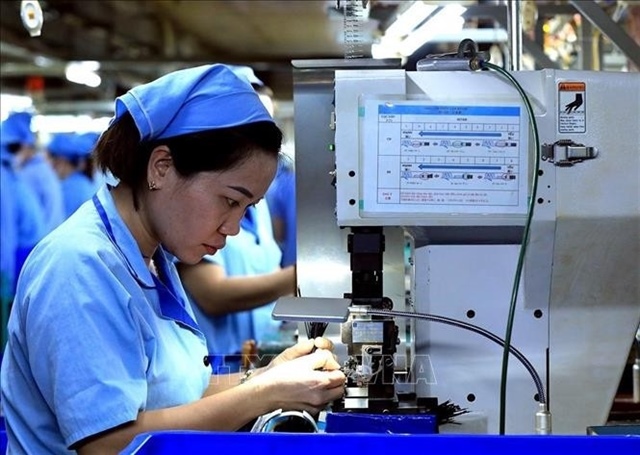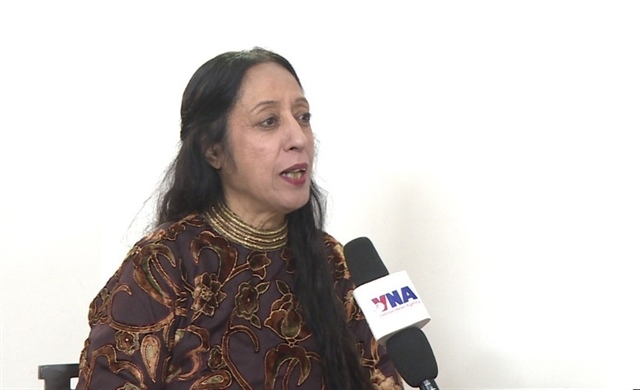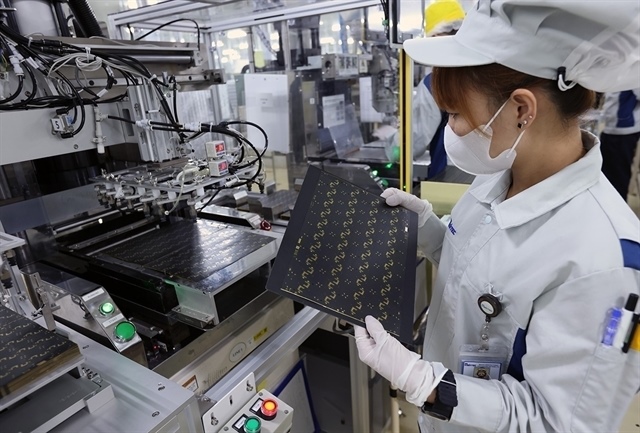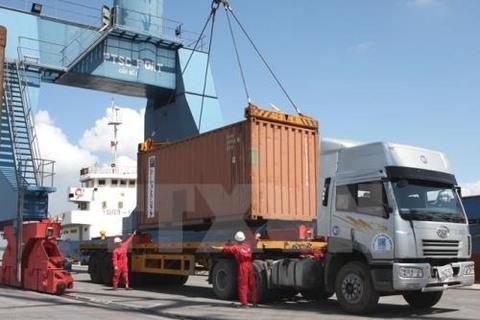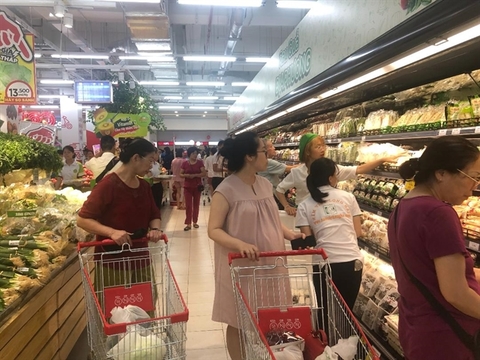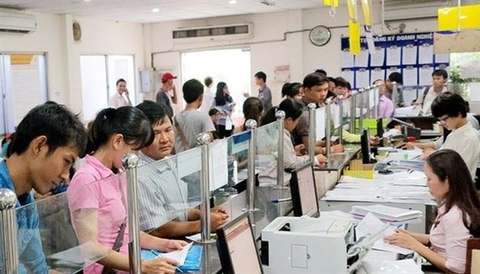Vietnam’s economy shows signs of slowing down
Vietnam’s economy shows signs of slowing down
Vietnam’s economic growth momentum has moderated since the beginning of the year, but the outlook remains positive, according to Taking Stock, the World Bank’s bi-annual economic report on Vietnam released on Monday.
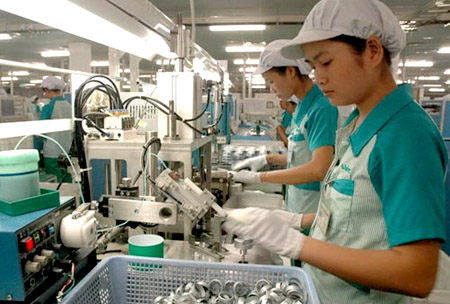
The WB said in the report that amidst rising global headwinds, Vietnam’s real gross domestic product (GDP) growth has decelerated to a still robust 6.8% in the first quarter of 2019 from a vibrant 7.5% pace in the same period of 2018.
Slower growth reflects several factors. Agricultural output declined due to the outbreaks of African swine fever and a fall in international prices.
Weaker external demand moderated the growth of the export-oriented manufacturing sector as well as overall export performance, even though Vietnam seems to have benefitted from some trade diversion due to the ongoing trade tensions between China and the United States.
Domestic investment appears to slow, resulting from subdued credit growth and continued consolidation in public investment.
Other macroeconomic indicators, such as more sluggish credit growth, subdued inflation and slower import growth are further signs of a cyclical moderation in economic activity.
By contrast, service sector activity continues to be relatively strong, signaling sustained buoyancy in private consumption.
Despite a recent uptick in headline inflation, price pressures have remained subdued, moderated by credit growth. The headline consumer price index rose by 2.9% year-on-year in May 2019, up slightly from 2.6% in January 2019, driven by hikes in administered prices for electricity and fuel and moderate food price increases.
The State Bank of Vietnam maintained a prudent monetary policy stance to support its twin goals of sustaining macroeconomic stability and supporting overall economic growth. Credit growth is estimated to have slowed to some 13% year-on-year in March 2019, reflecting tighter credit policy.
Sustained fiscal discipline and robust growth supported a further decline in Vietnam’s public debt-to-GDP ratio. The public debt-to-GDP-ratio has fallen from a peak of 63.7% in 2016 to an estimated 58.4% in 2018, based on the Ministry of Finance’s definition, and is on track to continue to decline and remain below the legislated debt ceiling of 65%.
Taking advantage of favorable domestic market conditions, rising investor confidence and lower yields, the Government has continued to shift into longer-dated domestic debt instruments, while also reducing the average interest rate.
GDP for 2019 projected at 6.9%
Despite signs of cyclical moderation in growth, Vietnam’s outlook remains positive, according to the report.
After peaking at 7.1% in 2018, real GDP growth in 2019 is projected to decelerate by 0.5 percentage points, led by weaker external demand and the continued tightening of credit and fiscal policies. Nevertheless, real GDP growth is forecast to remain robust with a slight deceleration to 6.5% in 2020 and 2021.
While core inflation is expected to be contained by slower growth, further adjustments in administered prices (utility tariffs and fees for health and education services) as well as the impact of African swine fever and slower agricultural production on food prices will keep headline inflation at the current levels but below the official inflation target of 4%.
The current account surplus is expected to ebb as a share of GDP, reflecting a significant fall-off in external demand. Continued fiscal restraint is expected to support further incremental reduction in the budget deficit and public debt-to-GDP over the forecast horizon.
Risks have intensified, reflecting heightened global uncertainty amid the re-escalation of trade tensions and rising financial volatility. A further escalation of global trade tensions, heightened global and regional geopolitical uncertainty and rising volatility in global financial markets could disrupt trade and financial flows and lead to a further slowdown in growth outturns.
These external risks are compounded by domestic vulnerabilities, including potential slippages in fiscal consolidation and State-owned enterprise and banking sector reform, which could undermine investor sentiment and growth prospects.
“Vietnam needs to prepare to adjust its macroeconomic policies in case some of these risks materialize and lead to a deeper than expected downturn,” said Ousmane Dione, the World Bank country director for Vietnam, at the launch of the report.
He added that Vietnam will continue to push for deeper structural reforms, enhance export competitiveness and further deepen trade integration through bilateral and regional agreements, such as the Comprehensive and Progressive Agreement for Trans-Pacific Partnership and the EU-Vietnam Free Trade Agreement.


